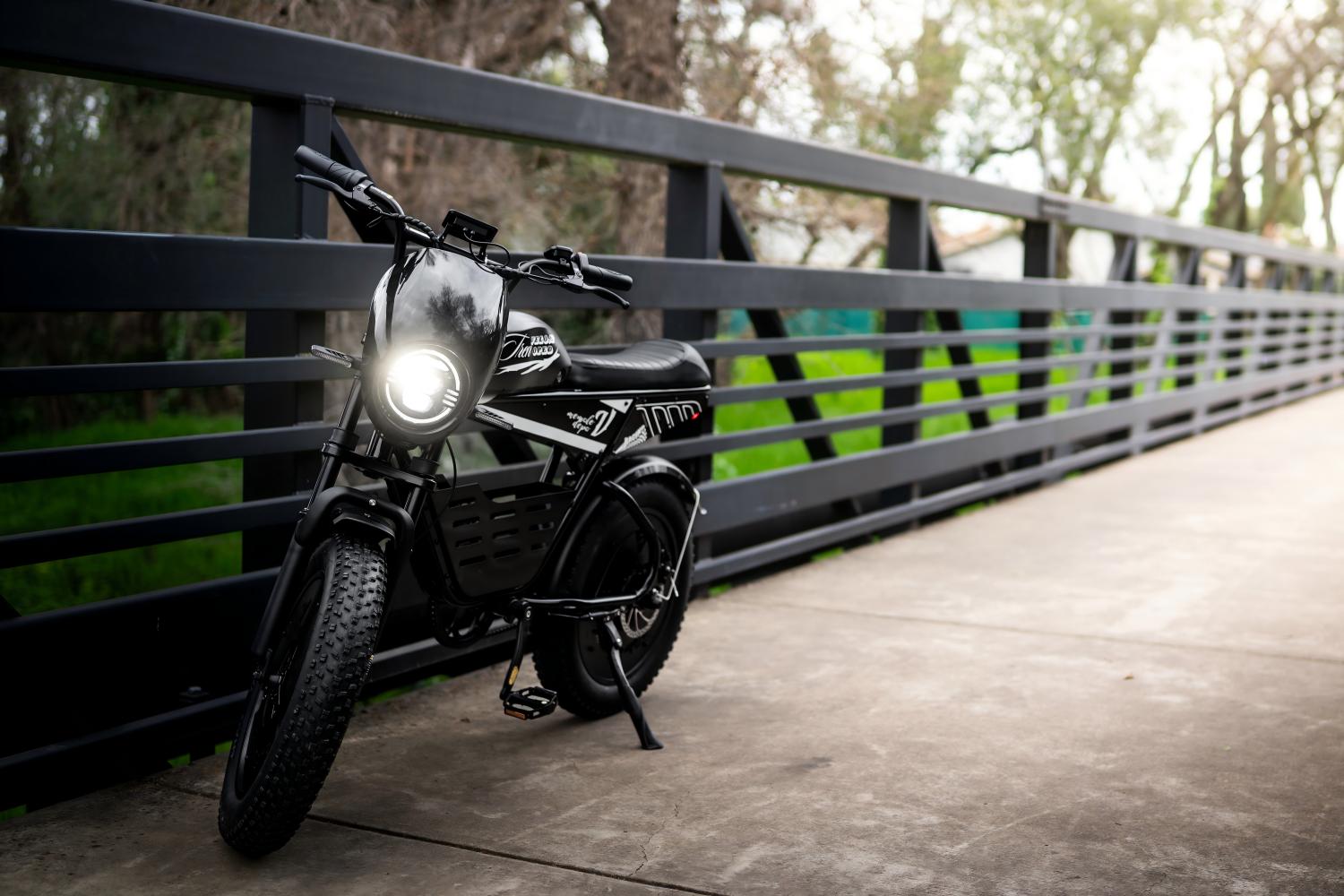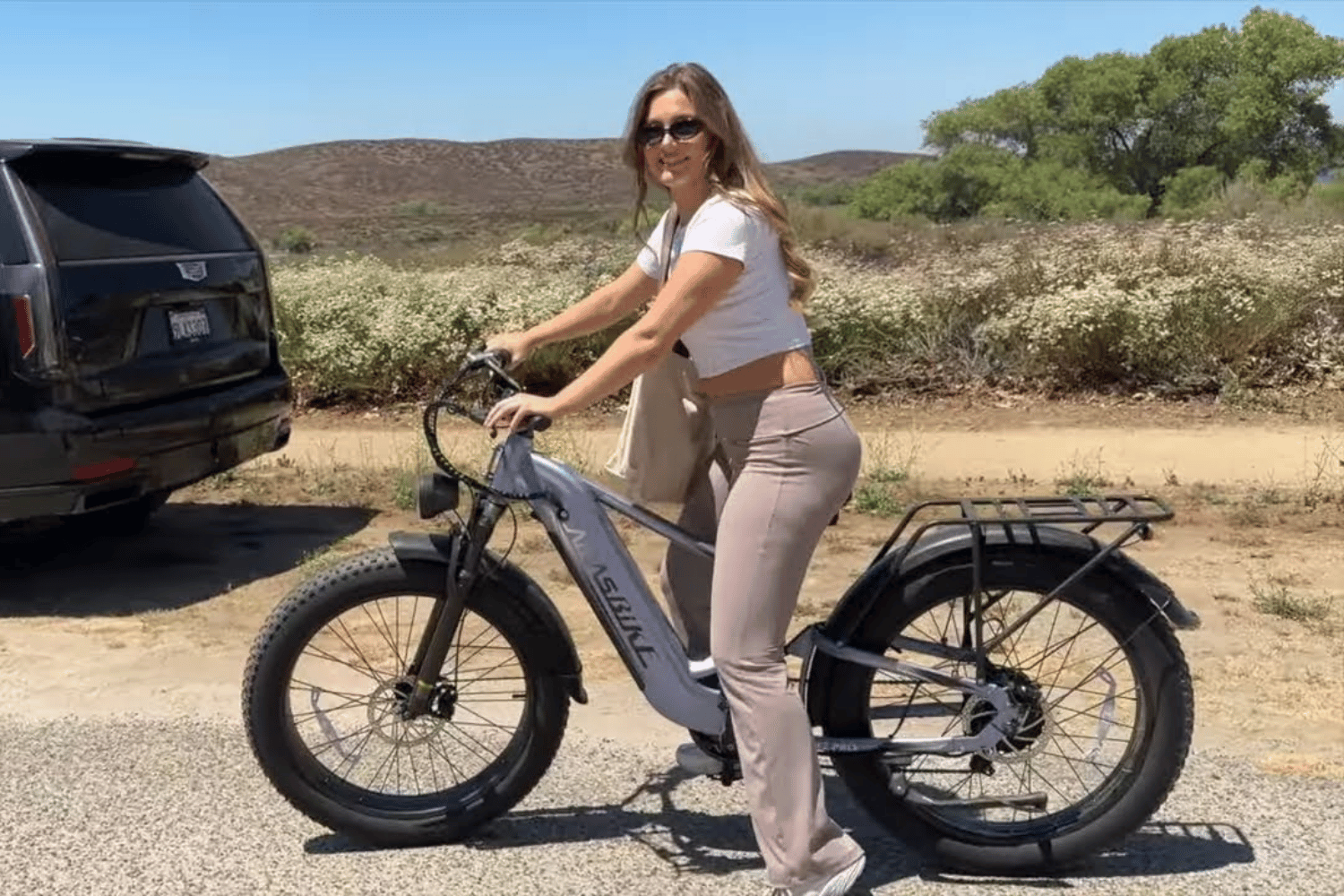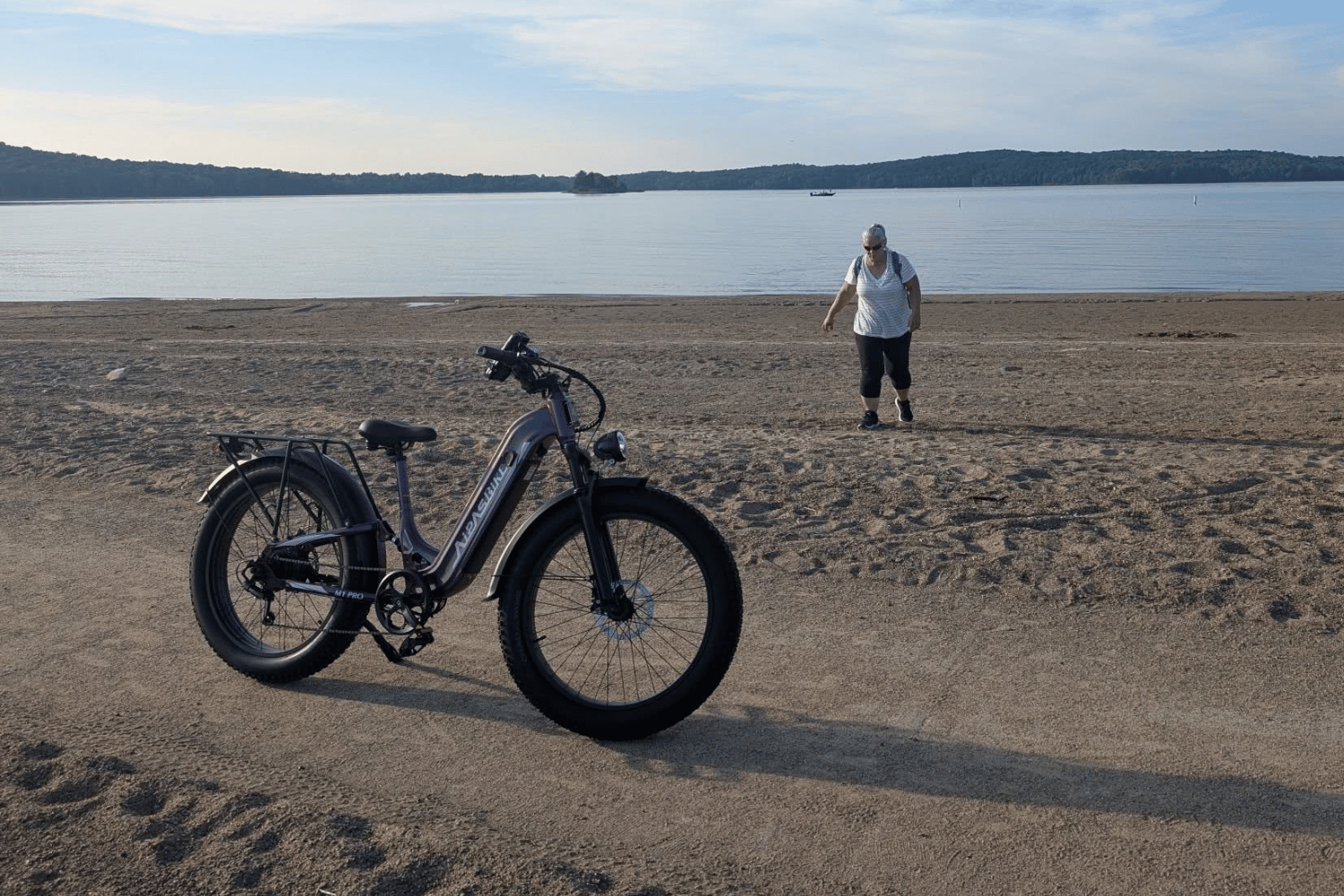Introduction:
As electric bikes (eBikes) continue to grow in popularity, they have become a preferred choice for commuting, fitness, and recreational riding. However, not all eBikes are the same—different classifications come with distinct performance limits, speed restrictions, and legal considerations. Understanding the differences between Class 1, Class 2, and Class 3 eBikes will help you choose the right model for your needs while ensuring a safe and legal riding experience.
Class 1 Electric Bikes
Key Features:
Pedal Assist Only – The motor provides power only when the rider is pedaling.
No Throttle – Riders must actively pedal to engage the motor.
Top Assisted Speed: 20 mph (32 km/h) – Once this speed is reached, the motor stops providing assistance.
Best For:
Class 1 eBikes are ideal for urban commuting, fitness, and casual riding. Since they lack a throttle and have a moderate speed limit, they are generally allowed on bike paths, parks, and trails, making them a great choice for beginners and daily commuters.
Class 2 Electric Bikes
Key Features:
Pedal Assist + Throttle Control – Riders can use pedal assist or rely entirely on the throttle.
Throttle-Enabled Riding – No pedaling is required to activate the motor.
Top Speed: 20 mph (32 km/h) – Similar to Class 1, but with added throttle functionality.
Best For:
Class 2 eBikes offer a more relaxed riding experience, making them ideal for long-distance travel, elderly riders, or those with mobility limitations. The throttle function is particularly useful in urban environments, allowing for quick acceleration at stoplights. However, some bike paths may restrict Class 2 eBikes due to their throttle capability, so always check local regulations before riding.
Class 3 Electric Bikes
Key Features:
Pedal Assist + Throttle Control, but a more powerful motor than Class 2.
Higher Speed Limit – Provides assistance up to 28 mph (45 km/h), making it the fastest standard eBike class.
Additional Safety Features – Often equipped with stronger brakes, lights, and horns to accommodate higher speeds.
Best For:
Class 3 eBikes are perfect for fast-paced commuting and long-distance travel. They allow riders to keep up with city traffic, making them a great alternative to cars for short-to-medium trips. However, due to their higher speed, Class 3 eBikes may be restricted from certain bike paths and trails. Always check local laws before riding in public spaces.
Which eBike Class is Right for You?
If you need an eBike that is widely accepted on bike paths and trails, go for a Class 1.
If you want the option to ride without pedaling, a Class 2 will suit you better.
If speed and efficiency are your top priorities for commuting, then a Class 3 is your best bet—provided your local laws permit it.
Conclusion:

In most cases, Class 2 eBikes are the most common and practical choice. They not only meet daily commuting needs but also allow for long-distance exploration.
We highly recommend checking out Aipasbike, as all of their eBikes are shipped as Class 2 models, with the option to unlock higher speeds for Class 3 performance.
One standout Class 2 eBike we suggest is the Aipas® V1 Velo Moped. Equipped with a powerful 18Ah battery, it offers impressive range and can reach speeds of 25 mph using only the throttle. Whether you're commuting or exploring, this eBike is designed to meet most of your riding needs! 🚴♂️⚡
Before purchasing an eBike, it's essential to review your local regulations to ensure that your chosen model is legally permitted in your area. We hope this guide helps you better understand eBike classifications and makes your buying decision easier!





Leave a comment
All comments are moderated before being published.
This site is protected by hCaptcha and the hCaptcha Privacy Policy and Terms of Service apply.